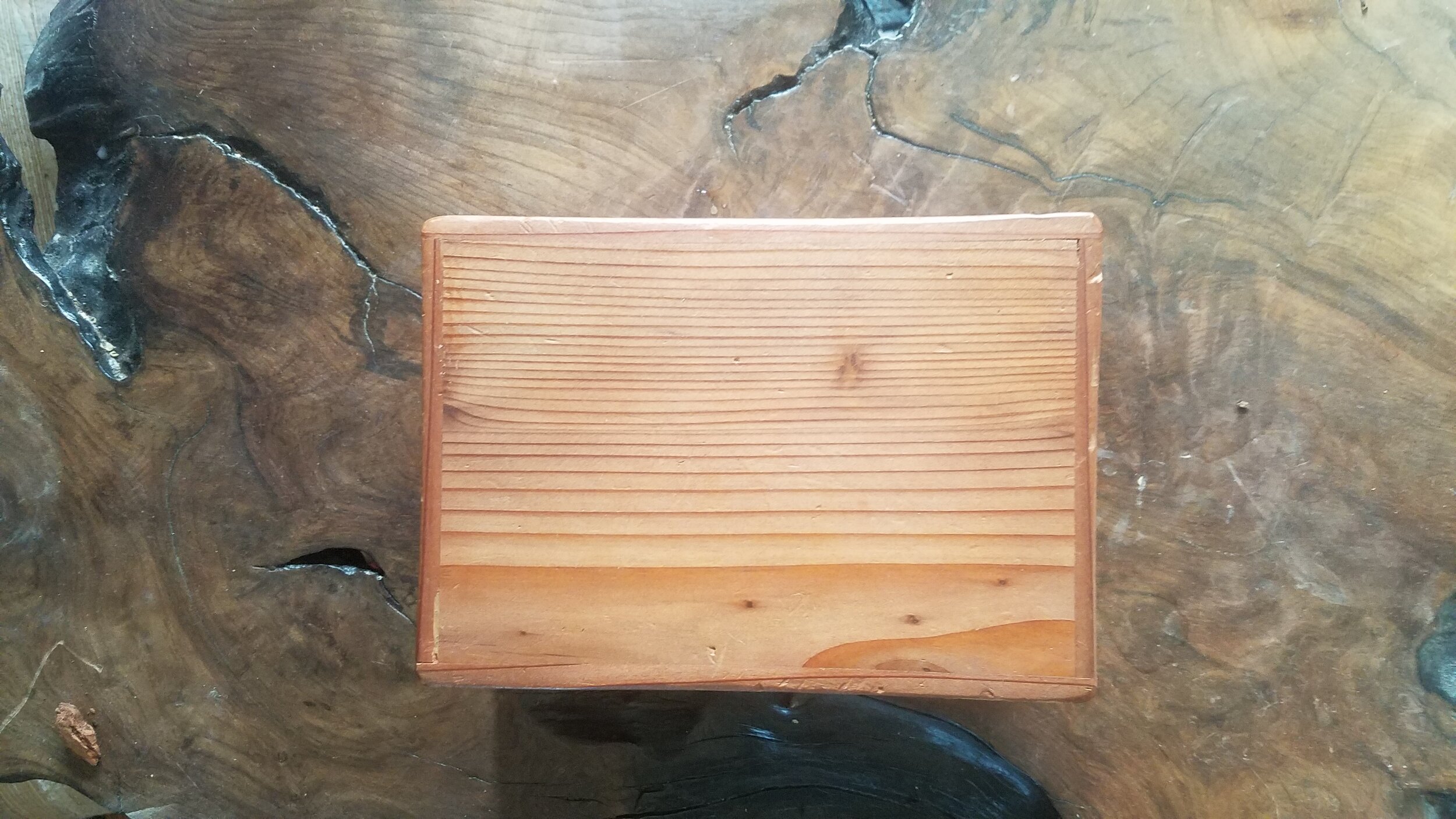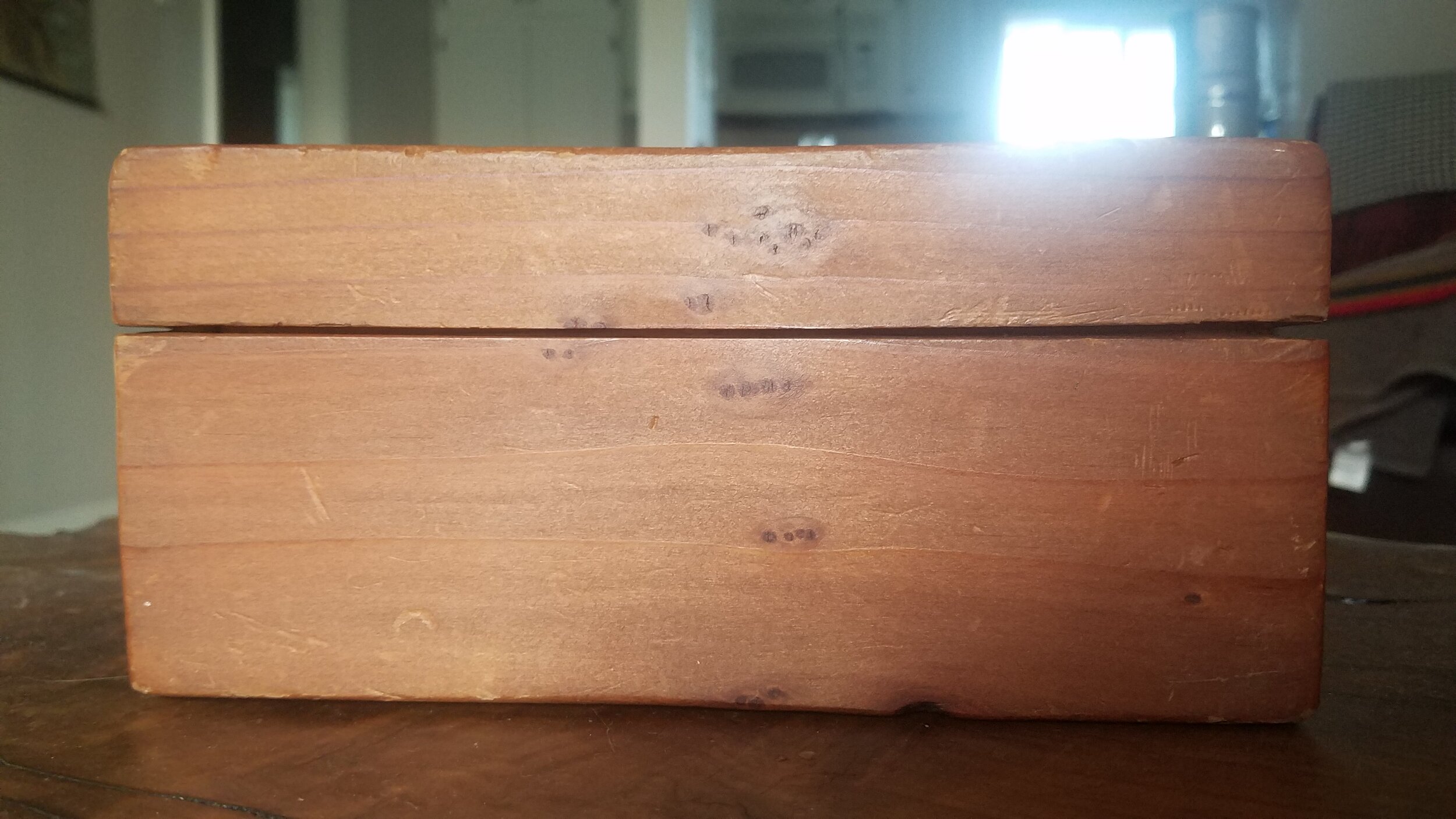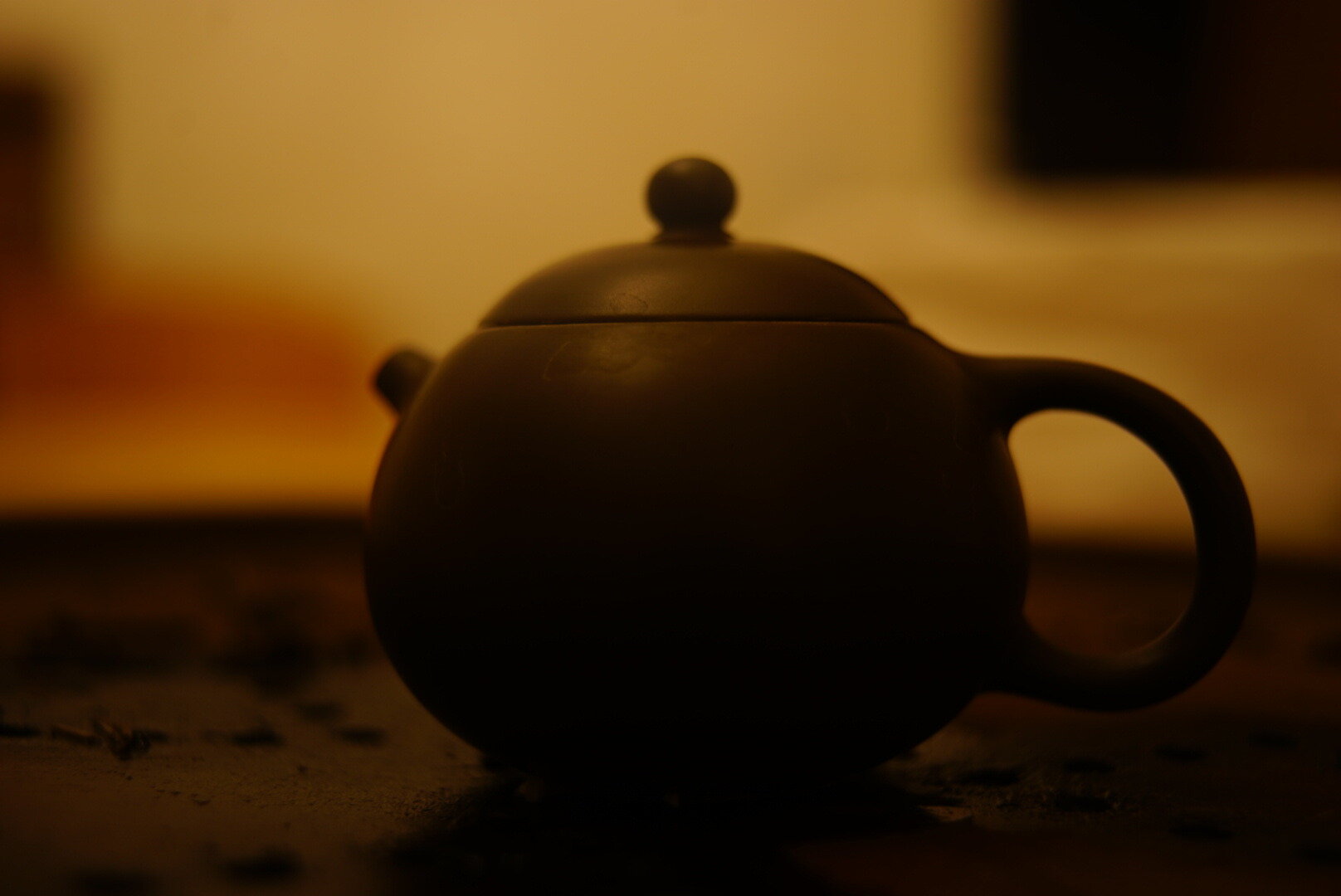Storytelling is arguably the root of many fields. When we explain current events, we need to create a framework that accurately tells events as they are such that the the audience can be informed of what is actually occurring; when we teach students about any subject, there needs to be a “story” in the way we transmit knowledge (lest we risk overwhelming them with too much information and no supportive structure; when we wish to convey insight, experiences, issues, or other necessary information, there needs to be a story to allow others to competently understand their importance and consequences. It would appear then that storytelling-even in a loose definition-allows for us to transmit knowledge with the appropriate gravity it deserves.
Even by strict standards, storytelling is foundational. It is storytelling that allows us to understand much more than the story being told: morals, cultures, histories, observations, truths. All of these understandings enrich our lives with both a story and expanded knowledge.
Intertwined with storytelling, creativity is just as foundational. It is what allows us to express sensations for which there isn’t necessarily a concrete object. For instance, we could say we feel an emotion, say, anger. But feeling anger could be turned into a passionate symphony that creates an object that can be understood and shared. In a sense, then, creativity allows for expression and a sort of understanding or sympathizing.
I hope to always learn more from different experiences, acquire a greater understanding of story and creativity, enrich my own personal knowledge. I hope any experience-especially one collaborating with The Creative Process-can allow a bidirectional exchange of knowledges and understandings.
I like to consider myself a jack of all trades. As a teenager, I thought being proficient in a variety of arts, skills, and knowledges was beneficial. As I got older, I had more of an ability to learn, understand, and explore more fields of interest. Today, I find myself constantly inspired to do creative projects in different fields.
Among all interests, cooking takes precedence. I always find myself watching videos, reading books or articles, or experimenting with some new technique, dish, or ingredient. Earlier this year, I made a list of goals for new projects on which I wanted to embark. Being in quarantine has only inspired me further. There have been many I tried: fermenting black garlic at home, curing egg yolks and duck breast “prosciutto”, fermenting kimchi, perfecting Neapolitan pizza, and cooking a sous-vide duck confit. Although satisfied to some degree with my results, I find myself wanting to improve these, but also wanting to try: perfecting wet-hydration bread doughs, reverse spherification, cheese-making, and fermenting plums into maesil-cheong.
Cooking, although creative and satisfying both physically and mentally, is not enough to completely scratch the creative itch. Though it is constructive and allows for creating, cooking does not necessarily satisfy the desire to create something more lasting and practical. Woodworking, however, does.
My father and I took courses in woodworking. After they were over, we imagined a miniature woodworking lab in our backyard with all the tools featured in our course. With this, we could make more spoons, mirrors, pizza peels, and ornate boxes, but also move on to more advanced projects. We are still planning that laboratory. Meanwhile, we’ve been brainstorming the best design for a Chinese style tea table-one with minimal decoration, optimum design, and the necessary draining tubes that allow for making exquisite Chinese tea (another beloved hobby). As to when this project will be completed, I am not sure, but the thought of combining tea and woodworking is alluring.
Like cooking or any other hobby, woodworking comes with limitations of expression. With both woodworking and cooking, there is a pseudo-requirement for more specialized tools. More than that, however, it is not an expression of thoughts in the same way writing is. With writing, I can make visceral sensations something more concrete, even if still abstract. For me, there is a certain joy in writing about food, restaurants, or other experiences I’ve had the pleasure of feeling. My completed works catalog is disappointingly small, but I hope to expand it with further restaurant experiences, funny anecdotes, poetry, or any other work drawing from actual circumstances.
There are several more fields I wish to explore further. As it is, I have my plate full-both metaphorically and physically-with other hobbies and the daily motions of life. Perhaps, someday soon, I can delve into them. Hopefully, I can enrich myself with other experiences in the meanwhile.
Chinese-style teapot · A box I made from recycled redwood fence boards · Photos Savin Damkar
Review of the The Slanted Door Restaurant
Situated at the very end of the Old Ferry Building in San Francisco, The Slanted Door proves to be romantic and scenic. What better a place to celebrate my twenty-fifth birthday with my family. Upon arriving, I notice beautiful wood-slab tables before minimalist, leather couches. Staff members with business-like manners greet me. This is not to say they are cold, rather they are not ones for unnecessary pleasantries. Indeed, the staff fits well into the minimalist décor.
They seat us in a picturesque spot, albeit one that proved cramped spatially. Again, I notice right away simple, minimal décor at the tables. The menus, both in design and content, are consistent with this running theme: uncomplicated, modern, and simple. I, a fan of elegant aesthetics, am enjoying this.
My father graciously dropped us off at the restaurant, and then parked the car, meaning that we are short one member. While we wait, I take a moment to observe and consciously take in the setting of the locale. Although rather loud, it is oddly serene, even though the people next to me shove their groins in my face as they wiggle into their table.
A jovial woman attentively checks on us and has no issue with us waiting for our absent diner. I find this surprising. Usually, restaurants of this nature- the kind with coat checks and bathroom attendants- are keen on having every diner present.
I spend the time waiting and ruminating on what combination of items would taste best. My mother, though not a vegetarian, has a fondness and proclivity for vegetables. She suggests the five-spice cauliflower featuring Chinese bacon. My sister, having a preference towards shrimp, requests the gulf shrimp. I am a fan of most things; an adventurer in cuisine without many dislikes or restrictions. I suggest the imperial and spring rolls, as both are perennial favorites at other Vietnamese locales.
I want to get a cocktail, as I understand they are superb. Instead, I look to the tea menu. Coming from extensive tea menus, like that of the teahouse at which I work, and the connoisseurship of tea, I am not used to a simple menu like this. In spite of its simplicity, the menu features remarkably sophisticated teas known for being favorites among connoisseurs. For instance, they feature a 2017 Phoenix Honey Orchid oolong and maocha from 2013. I’m impressed.
My mother commands that I order everything, as she feels that I know the restaurant and cuisine best. Regardless of whether or not it is true, I accept. Ordinarily, I would not be as willing to take on the task, but today is my birthday, and I still accept the praise.
We then discuss tea and beverage options. My mother tells me she is considering the Gua Pian “Melon Seed” green, again, a well-known tea. I am considering maocha, as we have a hearty meal ahead of us, and pu-erh soothes me after dinner. My sister opts out of tea, as it is too late in the evening, and decides on a pineapple spritzer, which, admittedly, sounds delicious.
My father arrives, guided by the staff. I appreciate their courtesy and organization. Much like myself, my father is not one for pickiness or fuss, especially in food. He tells me he trusts my tastes.
With everyone now present, we decide on our menu for the evening: daikon rice cakes, spring rolls, imperial rolls, five-spice cauliflower, clay pot chicken, and gulf shrimp. My parents both order the Gua Pian, and I decide on the maocha for our accompanying teas.
Our server returns fairly soon to take our order, an accomplishment during a packed Sunday evening on the weekend before Valentine’s Day. A few moments later, staff members bring us our teas. To my surprise, they are not served in gaiwans, gong-fu style pots, or even small, restaurant-style metal teapots. Instead, they serve them in Hario glass pitchers-like those coffee shops use for pour-over coffee- containing metal tea balls and the respective teas. I feel perplexed.
According to The Slanted Door cookbook, chef de cuisine and owner Charles Phan met both Roy Fong and David Lee Hoffman, both of whom he cites as being pioneers and progenitors of both his own “tea program” and the larger tea industry. He also cites Fong as a personal mentor in tea, and describes his experiences in learning about it. Phan continues by saying that his education with Fong opened his eyes to the vast and beautiful world it offers. Consequentially, he wishes for guests to have the same experience of good tea, and mentions the frustrations with its at-the-time small presence. He even explicitly mentions and refers to his serving of high quality teas as his “tea program”.
Assuming all of these to be accurate, I feel disappointed already, albeit in something peripheral to the culinary experience. I am a firm believer that there isn’t a wrong or right form of brewing tea, even if it is in something unconventional like Hario pitchers and tea balls. I stand by that.
Nevertheless, I do take issue with an aspect of our tea experience: when my tea arrived, the staff gave me no sort of instructions on brewing guidelines. Though not necessarily a complete issue, it does make me question the customer experience of those unfamiliar with tea. My specific worry is that this style of brewing posits a scenario in which a customer unknowingly brews tea in such a fashion that isn’t doing it justice. As a result, they cannot understand and experience the complexity of tea- a contradiction to the aforementioned goal of serving the guest tea in an artful and enjoyable way.
Before I come off as overly critical, I present a few points in defense of the restaurant. First, due to my own self interest and career in serving tea, I tinkered with the brewing set-up and parameters to get a nice steeping. It wasn’t very much work. Second, it is a busy night. I know from personal serving experience that when the order of operations in serving is constantly in flux you, unfortunately, have to prioritize. It is entirely possible that the staff is diligent in their communication with the guest about the way to serve tea. Third, according to their website, The Slanted Door offers an afternoon tea service. I did not experience it; therefore, I cannot make harsh critiques of the tea program. Perhaps this teatime is more relaxed and focused on the tea experience, and can provide a better chance to drink it. Fourth, tea service in a restaurant setting-especially one such as this- provides challenges. A friend and I discussed this in detail before I began writing about my experience. Here are some of the challenges we covered: providing hot water; explanation to the guest on the brewing process and characteristics of each tea; formal staff training and education; serving size; tea ware; and integration with the cuisine, both in providing teas that pair well and ensuring that it does not interfere with the dining experience in any regard. Lastly, I still enjoyed my tea, even if in a context that I don’t prefer. While the tea did pose some challenges, I do not intend to judge the restaurant by its tea program. I digress.
(Note: Having voiced my complaints, I do plan a follow-up visit for tea so I can fully understand the scope of the restaurant).
After a surprisingly short wait, our first courses arrived. All of them are excellent. The daikon rice cake is well seasoned, and has a perfect texture. The spring and imperial rolls, although small, are vibrant and complex, but simultaneously so simple of a dish. They all disappear with great haste from our plates into our stomachs.
I enjoy hosting people, which means I have a habit of checking in with my guests. Even when I am not cooking for others, it is still of the utmost importance to me that everyone enjoys their experience. Despite the fact that I think I know the answer, I check with family. No surprise, everyone enjoys everything. In fact, all of us agree that there is no clear winner as they are all outstanding.
The tea is enjoyable, I have nowhere to be, I am 25, and the first courses piqued my interest and appetite. Our main courses arrive, though we did wait a bit longer than before. I don’t mind. We feast.
One aspect of our dinner that I notice right away is the seasoning in each dish. It is perfect: never too spicy or skewed in a particular direction, but always flavorful. None of these dishes ever contrasts each other in a negative way, yet they each stand out as distinct. I always appreciate this in food. Of the three, I found the clay pot chicken to be the most remarkable, as it has an extremely succulent texture in every bite.
If there were a dish that I would call my least favorite, I would chose the gulf shrimp. This is not to say they tasted bad, on the contrary, they were delicious. I simply feel that the clay pot chicken overshadows both the shrimp and the cauliflower, as delicious as they may be.
As we finish the last morsels, I check with my family again. We all agree upon the claypot chicken being excellent, but I know that my sister secretly feels the shrimp to be the best. I digress. Now it is time for dessert.
I always find myself torn after dinner. I enjoy many indulgences –after dinner coffee, desserts of all sorts, and digestives- but I have always preferred savory dishes. Although, tonight, I have especially conflicted as our options include: honey mousse, featuring pistachio butter cake, passionfruit gelée, and honey pistachio crisps; beignets with dulce de leche crema; and vanilla bean cheesecake with whipped greek yogurt, burnt honey cremeux, cointreau macerated blood oranges, and salted honeycomb crunch. Can you see my dilemma?
My parents, not one for heavy desserts, opt for coffee-a usual occurrence on their part. I finish the remnants of my tea, somehow both full and unsatisfied. I end up deciding against dessert, as I have cake at home. Perhaps I will return for teatime and enjoy one of their heavenly-sounding desserts. It is now time to go.
On my drive home, I consider every aspect of my experience: service, taste, creativity, atmosphere- all of the aspects that influence our gastronomic experience, and, ultimately, whether or not we return another day to enjoy ourselves. I find myself thinking of the expectations I previously held, and then compare that to the actuality of my experience. I acknowledge that this mindset does have flaws. In particular, we end up obsessing over why the result differed from the expectation. Though I keep telling myself not to, I cannot stop considering the discrepancy.
When I had first heard about The Slanted Door, I heard it hailed as the paragon of fine Vietnamese cuisine. I even heard it being described as “world class”. Even the reviews of it featured in the eponymous cookbook refer to it as such. Other critics professed Phan’s excellence in bringing Vietnamese dishes to the minds, mouths, and stomachs of American diners unfamiliar with the rich, dynamic cuisine. In simple words, it seemed to be the destination to experience it at its finest.
I, however, question that description. I did thoroughly enjoy my dinner, but I felt puzzled by its perceived excellence and its cost. Something- I wasn’t sure what, exactly-felt off.
After my two hour car ride and mental parsing out of the experience, I came to my overall conclusion: The Slanted Door, although modern and delicious, did not seem as innovative as I had thought. Furthermore, the price did not seem to match my expectations or the overall experience I had. In short, for the price we paid (~$200), I expected something similar to ADEGA, a wonderful restaurant with one Michelin star at which I have dined.
I realize this may come with controversy. But the fact is that many of the dishes, even the ones I had, could be found in similar or near identical forms at smaller, less-refined, even potentially-violating-health-code locales. Hell, my local Cambodian restaurant has a plate similar to the clay pot chicken at one third of the price, and is similar in taste. Although they may have been instrumental in exposing the zeitgeist to quality Vietnamese food in its earlier years, today they appear as an aging giant showing themselves as something larger than they really are.
I want to note: I am not dissatisfied with my experience. It was wonderful. Nevertheless, I am dubious of calling something “world class” and excellent when other establishments serve similar dishes at better prices. While this critique does discredit the veneer of a Michelin-esque restaurant setting and aesthetic, it is not to say the experience is all-bad. If you have the ability to afford it, do not deprive yourself of a good experience.

















































































